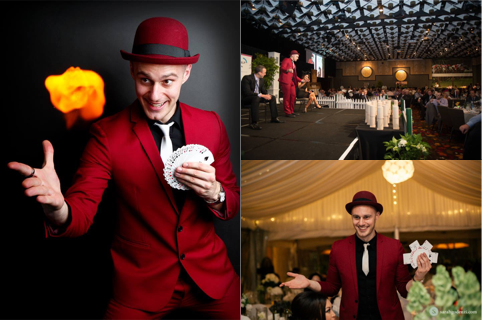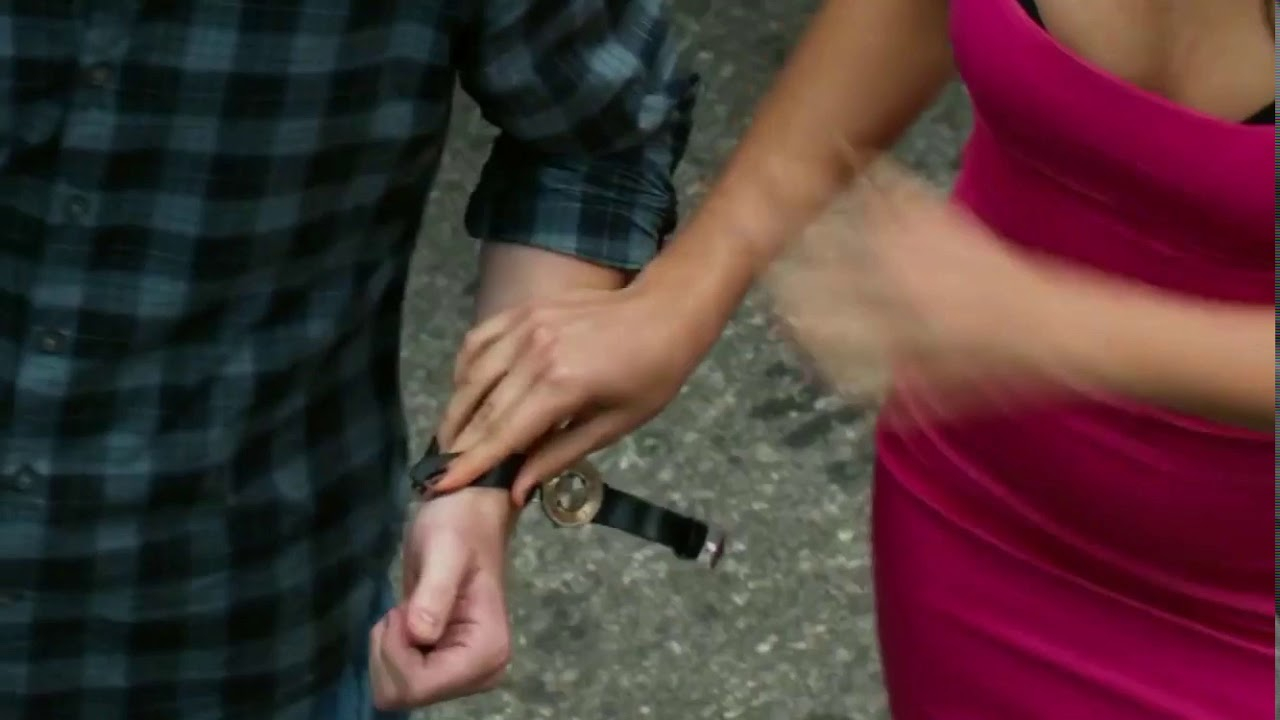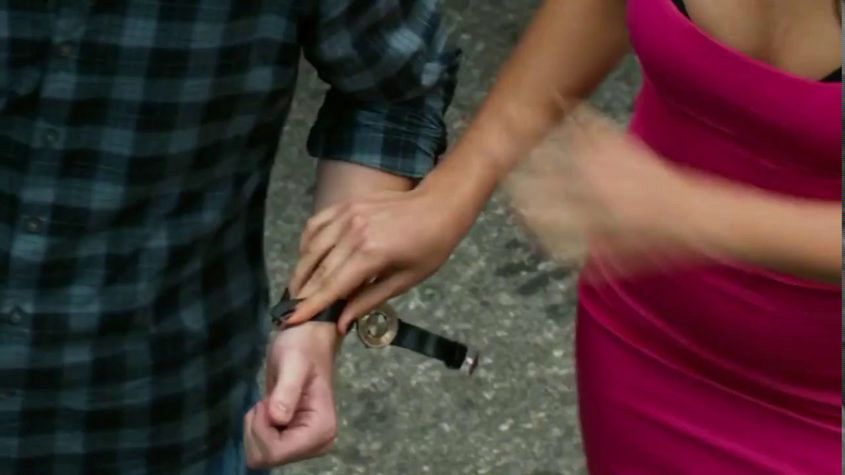REVEALED: How to steal a watch clean off someone’s wrist without them even knowing …
Luke BenedictusWe like to believe that we maintain basic control of our personal space. Within the limited orbit of our bodies, we think that we stand relatively secure as masters of our physical domain. As it turns out, this is a total delusion.
The world’s most legendary “theatrical pickpocket” is Apollo Robbins (below), who possesses the dexterity of a supernatural ninja. The American entertainer is most famous for an encounter with former president Jimmy Carter’s Secret Service detail in which he successfully pilfered the agents’ pockets of everything from their security badges to Carter’s itinerary.
Essentially, Robbins’ act involves removing objects from people’s jackets, trousers, fingers and necks before returning them while they’re still unaware of the theft. Robbins is so good he can take the spectacles off someone’s face without them noticing. Given this nimble-fingered expertise, making someone’s watch melt off their wrist into his pocket is almost embarrassingly pedestrian. Although, memorably, Robbins did once pinch the Patek Philippe from Ace Greenberg, former chairman of Bear Stearns investment bank.
Robbins’ skill is so uncanny that psychiatrists, neuroscientists and the military have scrutinised his methods for what they reveal about the limitations of human attention. But while he’s widely recognised as the best in the business, his talents are hardly unique.

Nick Kay’s website refers to him as a “professional mindblower”. The Melburnian’s career began in earnest after he won first place at the Australian Society of Magicians Championship. “I specialise in close-up magic that people can experience in their very own hands, or under their watch,” he explains.
Kay vividly remembers the first time he snuck a watch off a stranger’s wrist without them knowing. He made the switcheroo at The Night Cat bar in Fitzroy and, when he returned the watch, the man was left utterly dumbfounded.
“He was truly blown away,” Kay recalls. “That first time I got away with stealing a watch, I had such a huge surge of adrenaline that I actually got the shakes. Now it’s got to the point where if I do it, I’m as still as a lake. There’s not even a flutter of my hand.”
When he’s trying to pinch a watch, the type of strap makes a big difference. “The sports-style bands that are typically made of rubber or neoprene are a little more difficult,” Kay admits. “They have a propensity to snap back when you remove them because they’re quite stiff. So you need to be wary of that as the strap can hit the person when you’re removing it from their hand.”
The most inviting target is any leather belt-style strap with a buckle. “Anything with a buckle, the moment I lay eyes on it, it’s gone. Definitely, those are the easiest ones to take.”
Exactly how a theatrical pickpocket goes about separating you from your wrist is difficult to explain but involves a complex form of physical and mental choreography to alter your spatial awareness. Typically, the magician will give you something to concentrate on like a playing card or a coin. They’ll then skilfully circumnavigate that line of focus to snaffle up the prize.
“In its simplest form, it’s a question of misdirection,” Kay says. “I need to direct your attention to another part of your body so that you’re not aware of what I’m doing while I’m holding your wrist to remove their watch.”
Pulling this off is easier said than done. Kay spent years studying countless entertainers and reading books on the subject, including one by this performer Chappy Brazil.
But it’s not simply a physical manoeuvre. Robbins has revealed that he uses principles from such offbeat fields as aikido and Latin ballroom dancing, while Kay admits that he employs a form of neuro-linguistic programming in the way he speaks to his performers in order to lull them into the right mindset. “You have to make them comfortable with you being in their personal space and comfortable with you touching them,” he warns. “Otherwise their guard is up.”
As a result, the pickpocket will therefore usually begin with handshakes, shoulder pats and even hugs to desensitise their mark to physical touch. From there, a series of misdirections are used to distort your attention, while they start to move in to remove the watch.
When it comes to the physical act of unbuckling, the magician will typically create a C-shape with the thumb and middle finger, wrapping it around your wrist, before using the finger to slide the strap loose. Executed in the blink of an eye, you probably won’t feel the watch coming off, since your wrist is being held tightly to further distract you.
“Ultimately, though, it’s a confidence move,” Kay says. “It doesn’t matter how much you study it, it doesn’t matter how much you know the moves. If it’s not done with confidence, you’ll get caught.”
These days, Kay rarely takes watches anymore. He started growing wary of the practice after a friend he mentored was forced to pay $400 after slightly damaging a victim’s watch band while removing the watch. But Kay also had one bad experience himself.
“I was working at an event and I stole the watch of the CEO,” he recalls. “He had a TAG watch on a steel bracelet. But when I slid it off his wrist I literally just nicked his knuckle in the process, but it bled for an eternity. I had a huge level of regret in that moment that this guy had paid me good money and now had to wear a Band-Aid because of what happened.”
Instead, these days Kay has progressed to a more challenging trick that involves somehow placing a chosen card between someone’s watch strap and their wrist without them noticing. “If you’re going to lean into the notion of pickpocketing, learn how to put things into people’s pockets first,” he suggests. “It’s actually far more exciting and can make for a much safer and better experience.”





